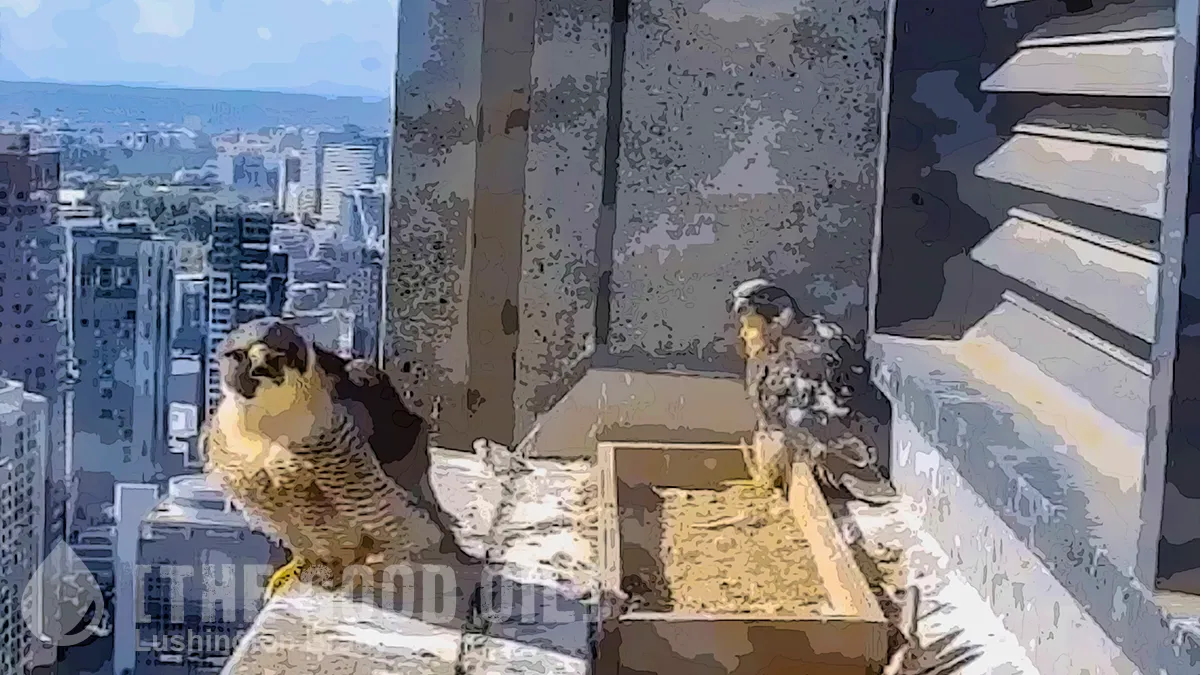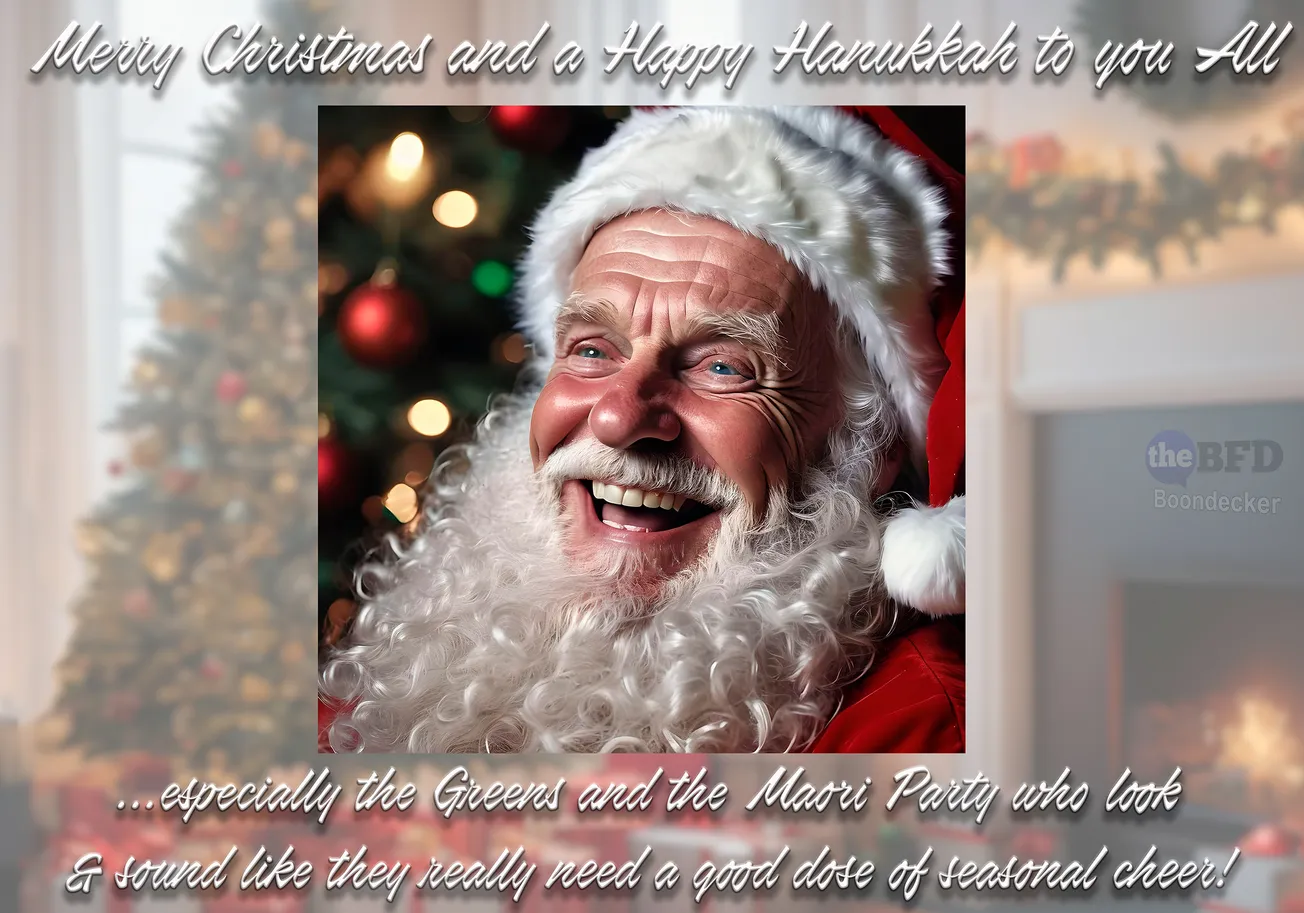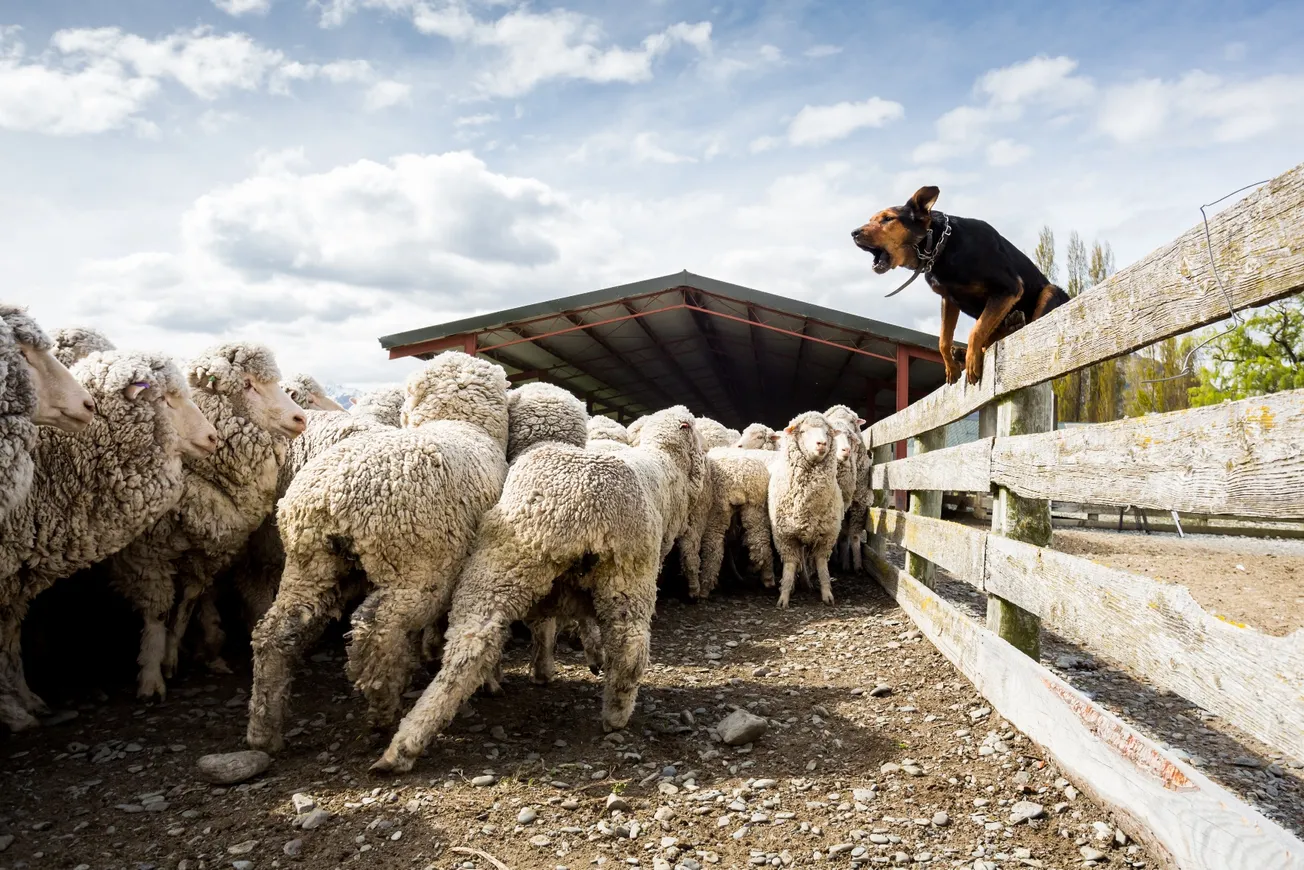Table of Contents
It’s often implicitly assumed that cities are veritable ‘deserts’, which are completely antithetical to wildlife. Fortunately, we know that that simply isn’t true. Even megacities like Los Angeles are hosts to wild animals from bats and birds to mountain lions. Densely urbanised Japan has urban populations of deer. Monkeys run wild in India’s sprawling cities and even leopards and bears are not unknown. Less celebrated creatures to thrive in cities include invertebrates, such as snails, slugs, spiders and butterflies.
In Australia, many wild birds thrive, from magpies and cockatoos, to rainbow lorikeets and silvereyes.
And, famously in Melbourne, peregrine falcons.
In nature, peregrine falcons nest in cliff sides. For years now, an enterprising pair of birds have found a towering skyscraper in Melbourne’s Collins Street to be an ideal substitute. The falcons have so captivated birdwatchers around the world that cameras annually livestream their spring nesting.
A Collins Street skyscraper has welcomed some fluffy new tenants with the arrival of two peregrine falcon chicks.
The chicks hatched early Thursday morning and could be seen huddled together as their mother’s wing shielded them from the morning sunshine.
The small white chicks could be seen slowly moving about the nest under the brown-hooded falcon.
As is nature’s way, not every year is a banner year for the birds.
In 2022, one of the peregrine falcon fledglings was euthanised after it was found with severe spinal injuries, likely caused by a midair collision.
The concussed raptor was discovered on the footpath near the city office building on Monday and taken to Melbourne Zoo’s veterinary department by Wildlife Victoria.
Later that year, a second male falcon lurked around the nesting birds, disrupting egg incubation and jeopardising that year’s brood.
Last year’s season was cut short when the female falcon stopped incubating the nest and her clutch of eggs was deemed unviable.
Thankfully, 2024 is so far proving a good one for the avian family.
Devoted followers have celebrated the new arrivals, with many expressing hope that Melbourne’s unpredictable weather would be kind to the chicks.
Dr Victor Hurley, founder of the Victorian Peregrine Project, said new hatchlings would be fiercely protected by their parents.
“The female was incubating those eggs through Melbourne’s hailstorms, so they can put up with some brutal conditions,” he said.
“The male has already brought food, so they’re pretty attentive and will have high rates of feeding over the next few days.”
He suspected the third egg would hatch within the next 24 hours.
The Collins St falcons are, like Japan’s Nara island where wild deer are strictly protected, an example of how the simplest human adaptations can help wildlife thrive in cities.
Peregrine falcons have nested near a ledge on top of 367 Collins Street since 1991, with a popular livestream of their habitat developing a legion of followers – particularly during Melbourne’s Covid-19 lockdowns – since it launched seven years ago.
Experts constructed a special box to assist the breeding birds, preventing eggs and hatchlings from sitting in water on the ledge.
You can watch the livestream of the falcons’ nest here.








